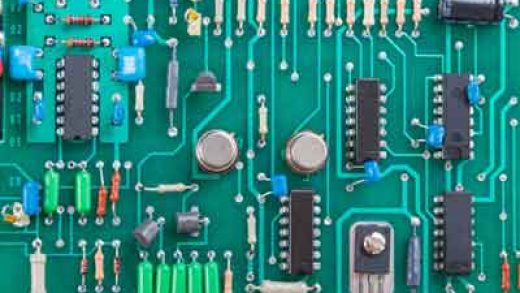In recent years, 3D printing has revolutionized the manufacturing industry, enabling the creation of complex and customized objects with unprecedented precision. With numerous 3D printing processes available, it becomes crucial to understand the most popular techniques that are driving innovation and transforming various industries. In this article, we will delve into the world of 3D printing and explore the most sought-after 3D printing processes that are shaping the future of manufacturing.
1. Fused Deposition Modeling (FDM):
Fused Deposition Modeling, commonly known as FDM, is one of the most popular 3D printing processes. It involves the extrusion of a thermoplastic filament through a heated nozzle, which deposits layer by layer to create the desired object. FDM offers versatility, affordability, and ease of use, making it widely adopted in various industries, including prototyping, product development, and even aerospace.
2. Stereolithography (SLA):
Stereolithography, or SLA, is a 3D printing process that utilizes a liquid photopolymer resin and a UV laser to selectively cure and solidify the resin layer by layer. SLA offers exceptional accuracy, intricate details, and smooth surface finishes, making it ideal for applications in jewelry, dental, and medical industries. The ability to produce high-resolution models with intricate geometries sets SLA apart from other processes.
3. Selective Laser Sintering (SLS):
Selective Laser Sintering, known as SLS, employs a high-powered laser to selectively fuse powdered materials, such as nylon or metal, layer by layer. This process eliminates the need for support structures and allows for the creation of complex, functional parts with excellent mechanical properties. SLS finds applications in industries like automotive, aerospace, and consumer goods, where durability and strength are paramount.
4. Digital Light Processing (DLP):
Digital Light Processing, or DLP, is a 3D printing process that uses a digital projector to cure a liquid photopolymer resin layer by layer. DLP offers faster print speeds compared to other processes and can produce highly detailed objects with smooth finishes. Its applications range from jewelry and dental to architectural models and consumer products.
5. Binder Jetting:
Binder Jetting is a 3D printing process that involves selectively depositing a liquid binding agent onto a powdered material, layer by layer, to create the desired object. This process is particularly suitable for printing metal parts, as it allows for the production of complex geometries and intricate designs. Binder Jetting finds applications in industries like automotive, aerospace, and even art.
Conclusion:
As 3D printing continues to advance, the most popular processes mentioned above are driving innovation across various industries. Fused Deposition Modeling (FDM), Stereolithography (SLA), Selective Laser Sintering (SLS), Digital Light Processing (DLP), and Binder Jetting are just a few examples of the cutting-edge technologies that are shaping the future of manufacturing. By understanding these processes, businesses and individuals can harness the power of 3D printing to unlock new possibilities and stay ahead in this rapidly evolving field.


